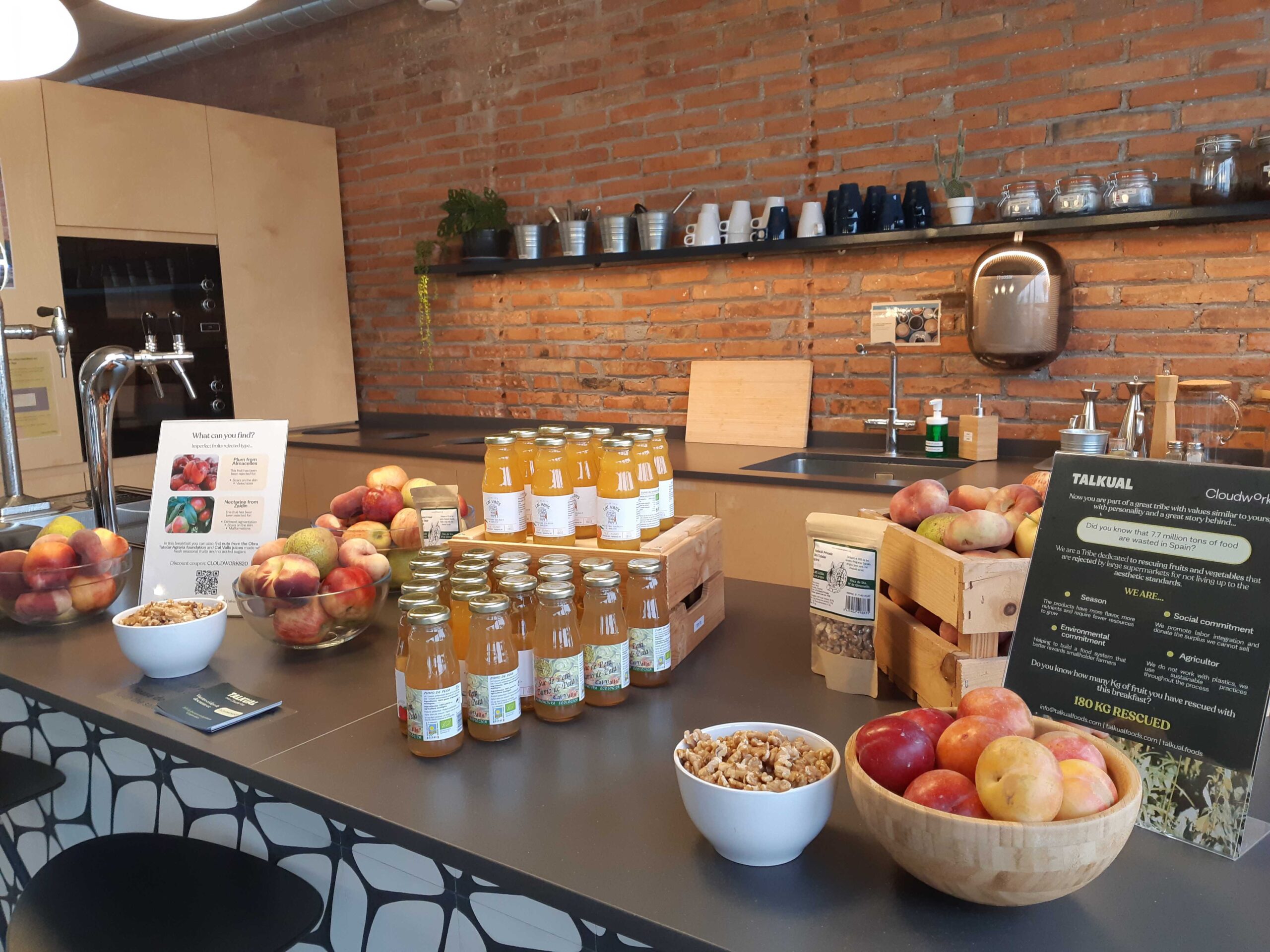
Trends
Value-adding benefits for employees
October 07 / 2022
Do the professionals in your company like to come to work every day? Yes, we know, for quite a few business people this may be an irrelevant question. However, in recent years, the concern for the well-being of workers has become a significant issue for many companies.
Above all, because an unhappy professional tends to reduce their productivity. In addition, there is a high probability that they will want to leave the company in search of other projects where they can develop their skills to their heart’s content.
Employee benefits are non-salary offers that go beyond other types of benefits such as health insurance or pension plans.
These are additional services that promote and strengthen the company culture. A priori they do not have a direct impact on the commitment of professionals. However, strategically planned, they help build an attractive brand image qualified to attract and retain talent.
What does a worker look for in order to be happy doing their job?
According to the interesting book The Truth About Employee Engagement, by Patrick Lencioni, a famous American business management guru, there are three factors that enable professionals to achieve happiness at work:
- Feel that they are important and their opinions are taken into account in the company.
- Carry out work that generates an impact.
- Professional advancement.
The benefits for workers pave the way to achieve this goal by promoting labour well-being in the company. Depending on the budget allocated to achieve this well-being, a wide variety of proposals can be implemented. Let’s get to know some of them.
Benefits for workers in the areas of health, family, social, leisure, etc.
Health and fitness
Work-related stress generates millions in losses for companies due to reduced productivity caused by sick leave and absenteeism. Promoting healthy living is fundamental to achieving well-being in the workplace.
- Gym: Physical exercise is the best antidote to a sedentary lifestyle. There are companies that pay the gym fee to their employees and others that set it up in their own facilities.
At Cloudworks, for example, we have agreements with Urban Sports Club, which allow you to train when and where you want, either in sports centres, outdoors or through live online classes.
- Physiotherapy: in addition to the company promoting healthy programs (walking 5 km a day, three pieces of fruit, a nutritionist in the office), the presence of a physiotherapist to alleviate discomfort after many hours of sitting is undoubtedly always welcome by workers.
- Breaks for rest and relaxation: discounts for nap rooms, yoga or meditation classes, free healthy snacks…
- Comfortable furniture: standing desks, ergonomic furniture such as chairs or keyboards.
Family
Family-oriented employee benefits are a good way to retain young talent. In this way, companies can also differentiate themselves from the competition.
- Paid paternity and maternity leaves
- Company spaces dedicated to nursing mothers
- Flexible schedule to be able to reconcile work and family life: This is one of the benefits that workers are most interested in. It also includes the option of remote work or the hybrid work model.
- On-site childcare
- Scholarship or savings programs for college
- Free family passes to visit parks or museums
Sociability in the office
A welcoming work environment promotes well-being and boosts worker productivity. In cases where the environment is uncomfortable, full of noise or distractions that prevent concentration, or is too rigid and not very inclusive, the professional’s aspiration for well-being at work is limited.
To avoid this situation, companies can implement some of these proposals:
- Allow a casual dress code
- Having spaces to play during work breaks
- Establish days when it is possible to bring pets to work.
- Company retreats to strengthen the bonds among colleagues
- Parking space for the employee of the month
Solidarity work
The new generations have quite assimilated the commitment to solidarity with the society they are a part of. Young professionals value those companies that offer benefits that allow them time to collaborate in acts of solidarity.
- Establishment of free hours for volunteering
- Creation of charity events sponsored by the company
- Charitable donations
Professional growth
A basic objective of any self-respecting worker is to achieve growth throughout their professional career. The possibility of this development makes them choose to stay with the company for a long period of time.
Career development benefits for employees help attract talent in today’s competitive marketplace. Companies can and should take steps to support this growth.
- Mentoring program
- Remuneration for certifications and employee professional development
- Professional recognition events
- Library in the company
- Paid sabbatical leave
At Cloudworks we also believe in the need to offer these personalized courtesies to our community members. We want you to feel at ease in the different locations we have in Madrid and Barcelona. And of course, we are always open to listen and study your proposals. Do you have an idea? So, what are you waiting for to tell us all about it?